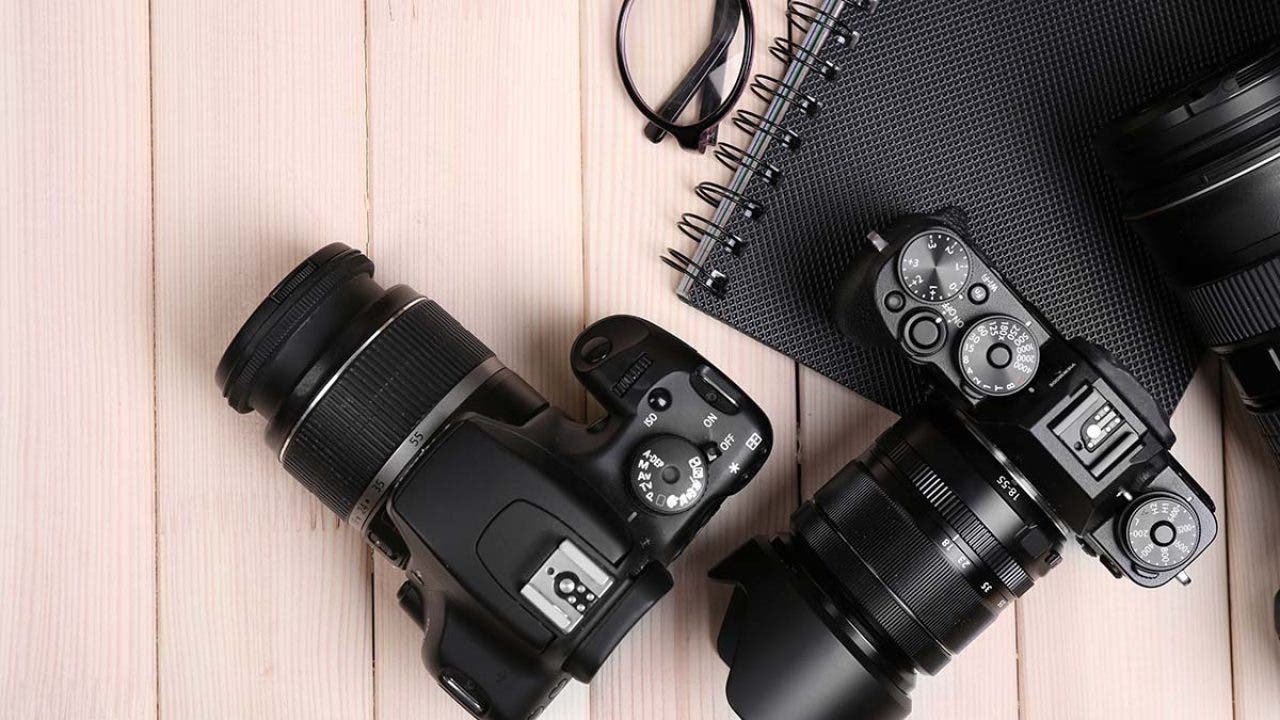
In the realm of modern visual storytelling, the camera stands as an unsung hero, capturing moments, freezing time, and painting vivid narratives with a fusion of technology and artistry. From its humble origins to the sophisticated devices we wield today, the camera’s evolution has been nothing short of mesmerizing. Let’s embark on a journey through the intricate facets of this photographic marvel.
Unveiling the Camera’s Genesis
The inception of the camera can be traced back to the early 19th century, a time when the world was captivated by the prospect of preserving reality on a tangible medium. The pioneering minds of that era devised the first pinhole camera, a remarkably rudimentary device that utilized a tiny aperture to project an inverted image onto a photosensitive surface. This marked the dawn of a revolutionary epoch, where light and chemistry danced to give birth to images that transcended the limitations of human memory.
The Pinnacle of Optical Ingenuity
As time progressed, so did the complexities of the camera. The mastery of optics yielded lenses that could meticulously manipulate light, producing images of unprecedented clarity. The convergence of innovation and aesthetics led to the birth of cameras adorned with intricate focal mechanisms, permitting photographers to deftly manipulate depth of field and achieve stunning bokeh effects – a true testament to the harmonious marriage of science and art.
Sensor Sophistication: Digital Dawn
The late 20th century saw a seismic shift in the world of photography with the advent of digital technology. The traditional film roll made way for the digital camera, housing an electronic sensor that converted light into pixels. This marked a watershed moment, birthing a new era where ones and zeros replaced chemical reactions. The birth of the megapixel race ensued, with cameras boasting astonishing resolutions that laid bare the minutest details of the visual world.
Autofocus and Beyond: Precision Redefined
The evolution of the camera was not confined to capturing still images alone. The birth of autofocus technology revolutionized the field, empowering photographers to lock onto subjects with astonishing precision. Through a sophisticated interplay of contrast detection and phase detection, cameras could now ascertain focal points with exceptional accuracy, a feat that underscored the symbiotic relationship between cutting-edge engineering and artistic vision.
Mirrorless Marvels
In recent times, a new contender has emerged on the scene – the mirrorless camera. Casting aside the bulky mirror mechanisms of traditional DSLRs, these marvels embrace compactness without compromising on performance. The absence of a mirror allows light to directly strike the sensor, leading to enhanced image quality and improved low-light performance. This innovation has garnered a dedicated following, reaffirming that the camera continues to evolve in captivating ways.
Beyond Photography: The Video Frontier
The camera‘s prowess transcends the boundaries of still imagery, spilling into the realm of motion. The ability to record high-definition videos with cinematic flair has become a hallmark of modern cameras. From 4K resolutions to high frame rates, these devices empower filmmakers and content creators to paint stories on a dynamic canvas, weaving together visuals that resonate with audiences on a profound level.
The Art of Composition: Framing the Perfect Shot
While technological advancements define the modern camera, the essence of photography still hinges on the art of composition. The rule of thirds, leading lines, and golden ratio are but a few concepts that guide photographers in crafting visually arresting images. As one peers through the viewfinder, each element within the frame takes on a role, contributing to a narrative that transcends the confines of words.
Post-Processing Wizardry
In the digital age, the journey of an image extends beyond the camera itself. Enter the realm of post-processing, where photographs are meticulously fine-tuned using software that bestows photographers with the power to enhance colors, adjust exposure, and even composite multiple images into one seamless creation. This step underscores the malleability of the art form, allowing artists to sculpt their vision to perfection.
The Cameraperson’s Arsenal: Lenses and Accessories
No discourse on the camera would be complete without delving into the world of lenses and accessories. Wide-angle lenses stretch perspectives, telephoto lenses draw distant scenes close, and macro lenses unravel the mysteries of the miniature. Filters, tripods, and external flashes stand as indispensable companions, elevating photographic possibilities to new heights. Each piece in this meticulously curated arsenal is a brushstroke in the grand canvas of photography.
Preserving Memories for Eternity
The modern camera is not merely a tool; it’s a time machine, a portal to relive moments long gone. It encapsulates emotions, freezes laughter, and immortalizes the fleeting. From a candid smile to a majestic sunset, each click reverberates as a testament to the human desire to preserve stories for generations to come.
Conclusion
In the intricate dance between technology and artistry, the camera takes center stage. Its evolution from pinhole obscura to digital marvel mirrors the trajectory of human innovation. It captures the beauty of a singular moment and the essence of an entire narrative. As we continue to wield this extraordinary device, let’s remember that every photograph is more than just an image – it’s a piece of the intricate tapestry of our shared human experience.

